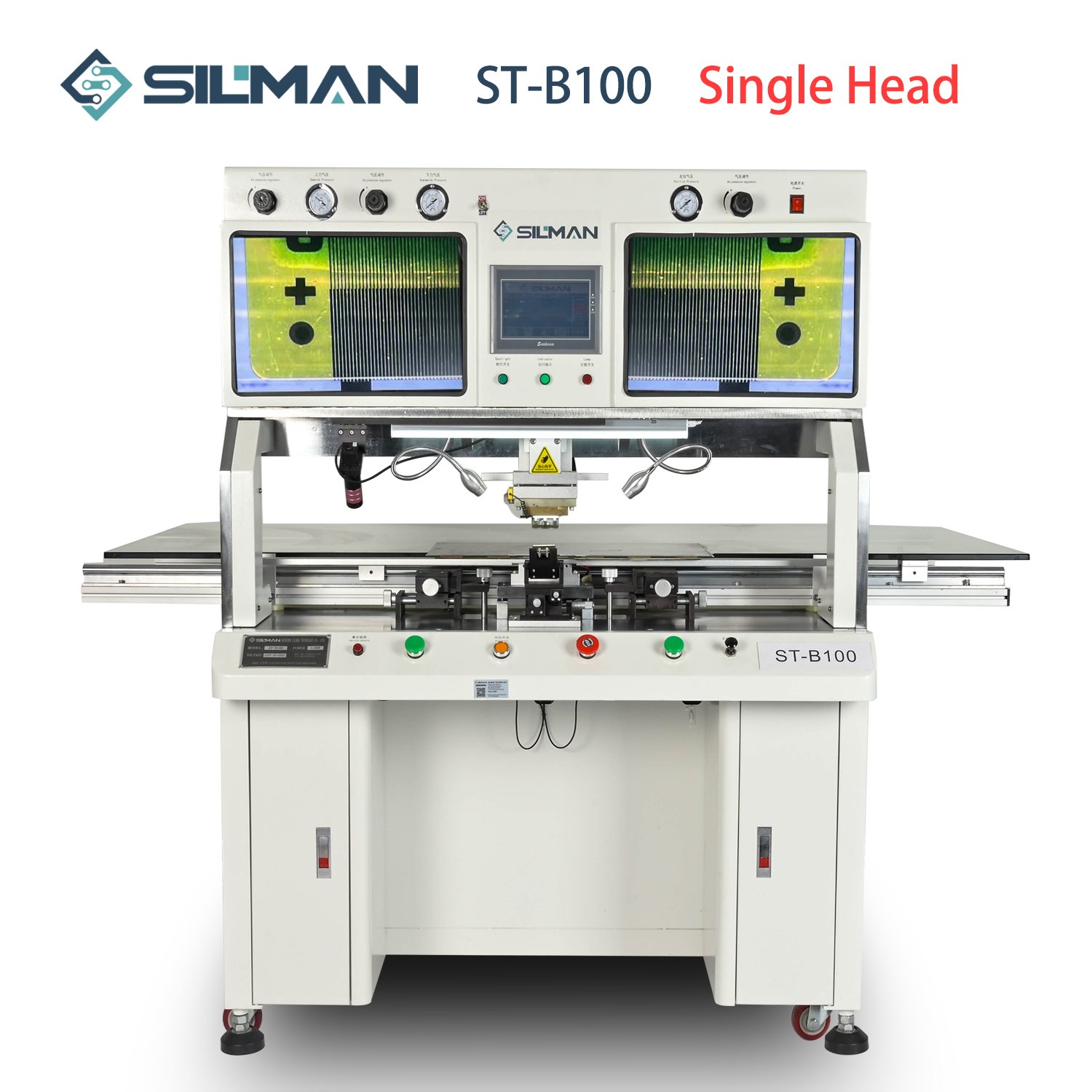The increasingly competitive electronics market has put significant pressure on electronic equipment manufacturing companies in terms of quality and production costs. The rapid development of Surface Mount Technology (SMT) processes driven by the trends of high-density and miniaturization in electronic device production has rendered traditional wave soldering processes inadequate for the remaining few through-hole components’ soldering needs. Additionally, manual soldering methods struggle to achieve high-quality, high-efficiency soldering for components with large heat capacity or fine pitch spacing, and the advantage of labor cost over machine equipment cost is gradually diminishing. The development of miniaturized selective wave soldering technology has provided electronic equipment manufacturing engineers with a new option, and its low cost and high applicability have quickly gained popularity among electronic equipment manufacturers.
Ventajas de la soldadura por ola selectiva:
The selective wave soldering system is a multi-axis linkage control platform controlled by a system, equipped with flux nozzles and solder furnaces. After the PCB board is accurately positioned via the track for online delivery, flux is precisely sprayed onto the designated soldering positions on the PCB board. Then, a precise miniaturized solder wave is created using a small nozzle (typically with a diameter of 2~4mm) and a solder pump. Through the multi-axis linkage control platform, soldering is carried out from the bottom of the PCB board. Given that the components to be soldered are typically surrounded by SMT components with high density and small pitch, it is essential for the selective soldering production process to be extremely precise to avoid damaging adjacent components and solder pads.
The advantages of selective wave soldering lie in its system control, which encompasses motion, production process speed, unrestricted directional control (X, Y, Z), temperature, and heat control, among others. The system’s functionality is robust. During selective wave soldering, the soldering parameters for each solder joint can be customized. Sufficient process adjustment space allows the optimization of soldering conditions for each solder joint (such as flux spraying volume, soldering time, soldering height, and wave height), thereby reducing defect rates. All control parameter settings can be saved in the program, and relevant data can be retrieved from the program for each production run. Therefore, if the system is properly maintained, the soldering quality will remain consistent even after several years.
